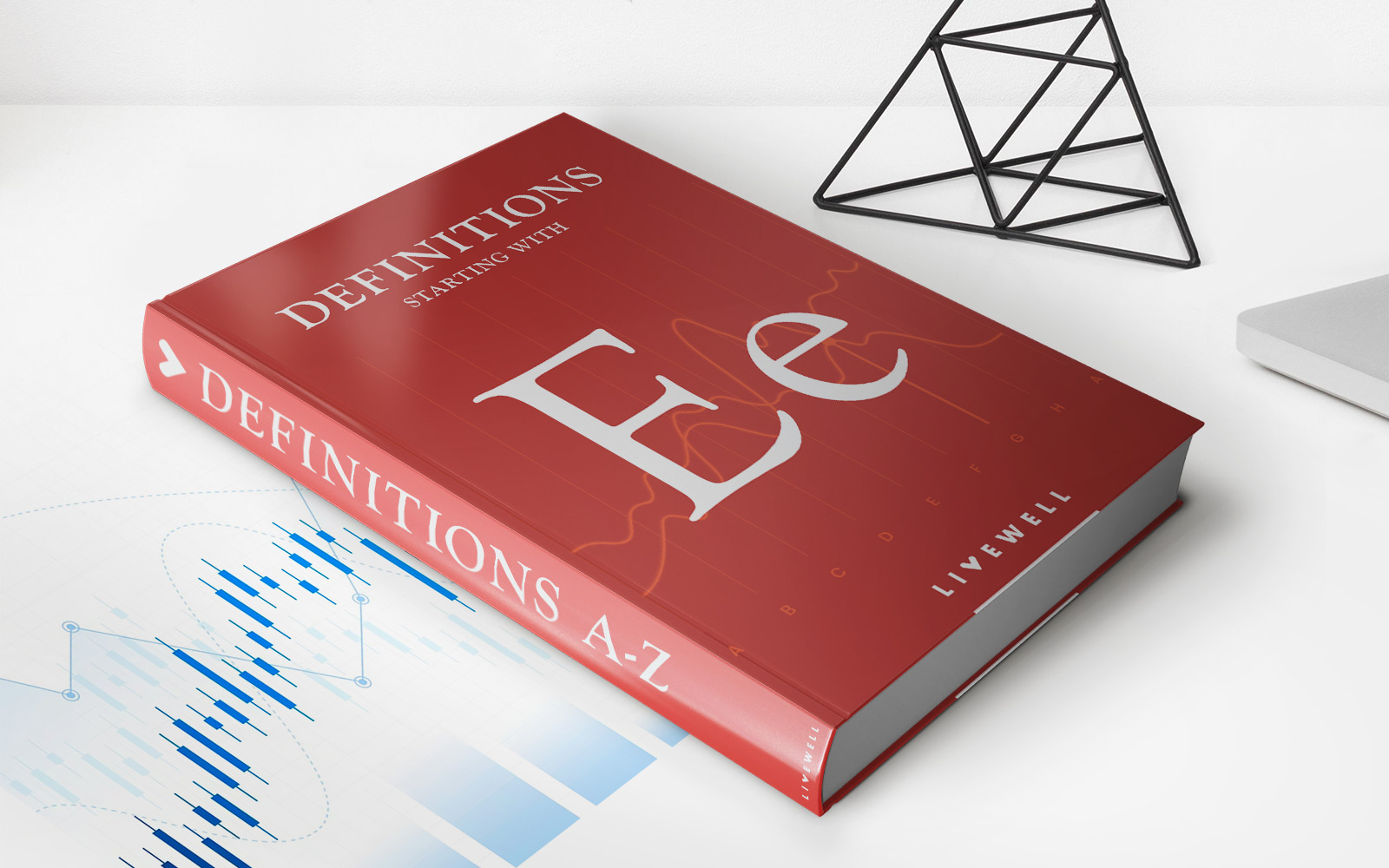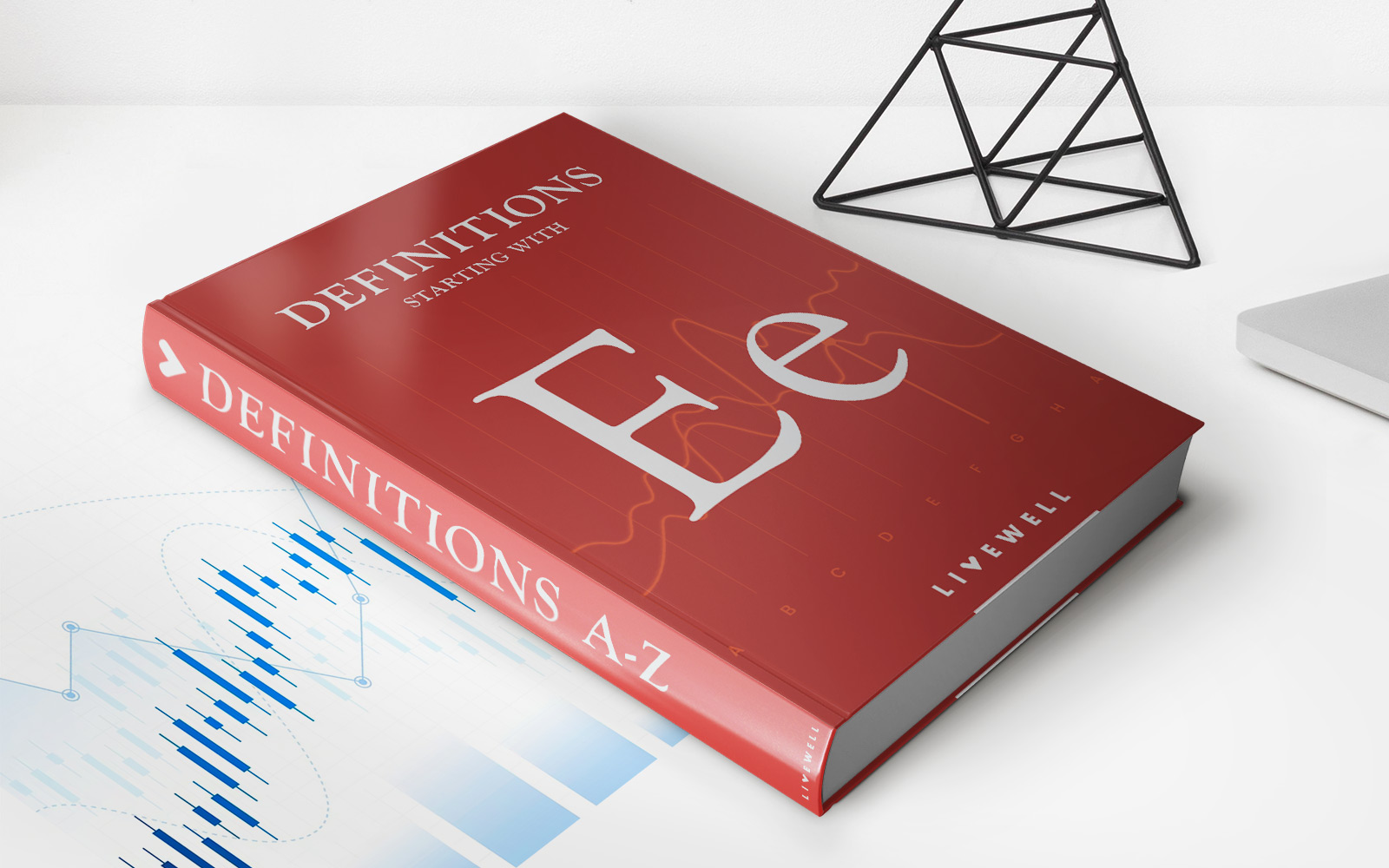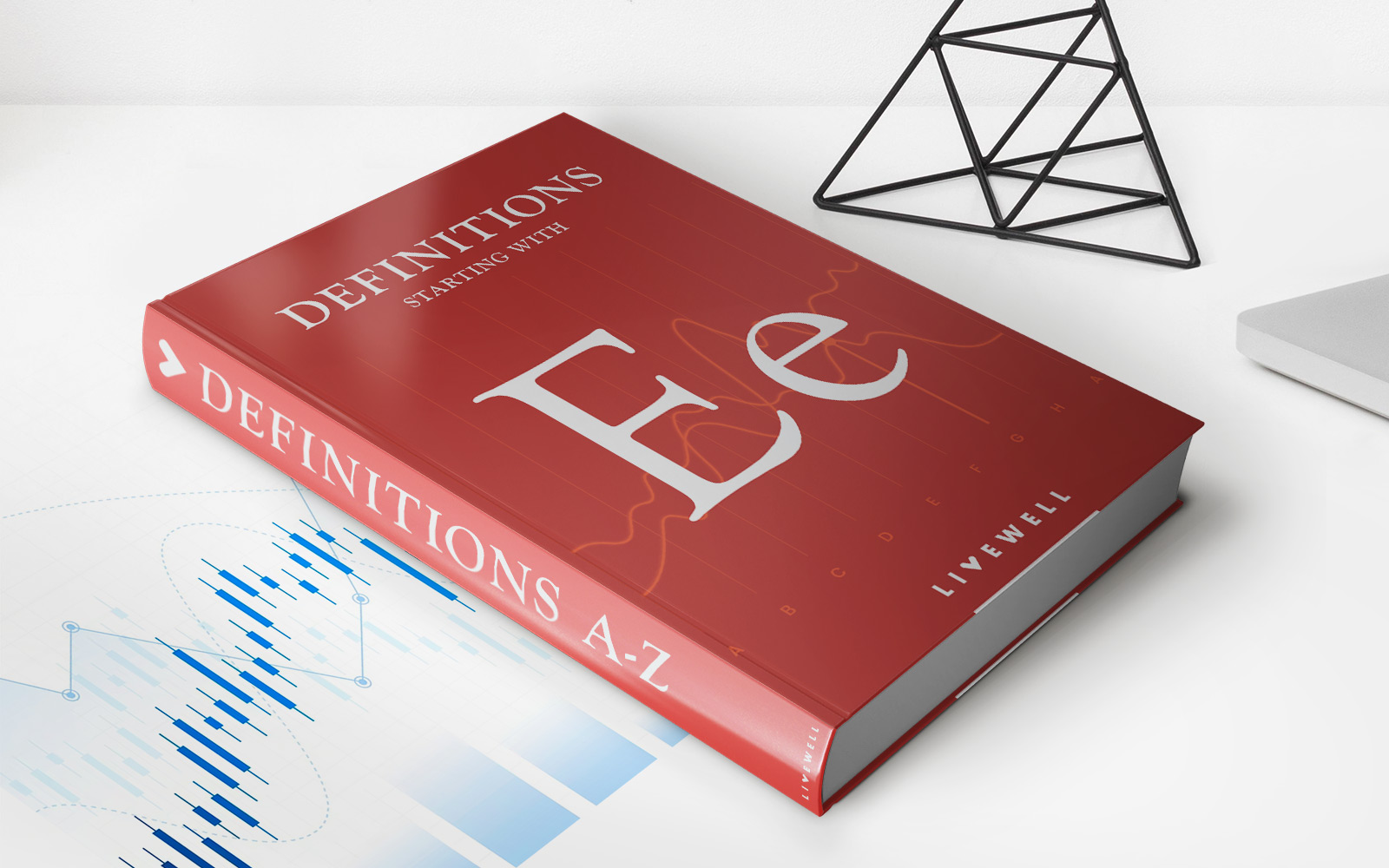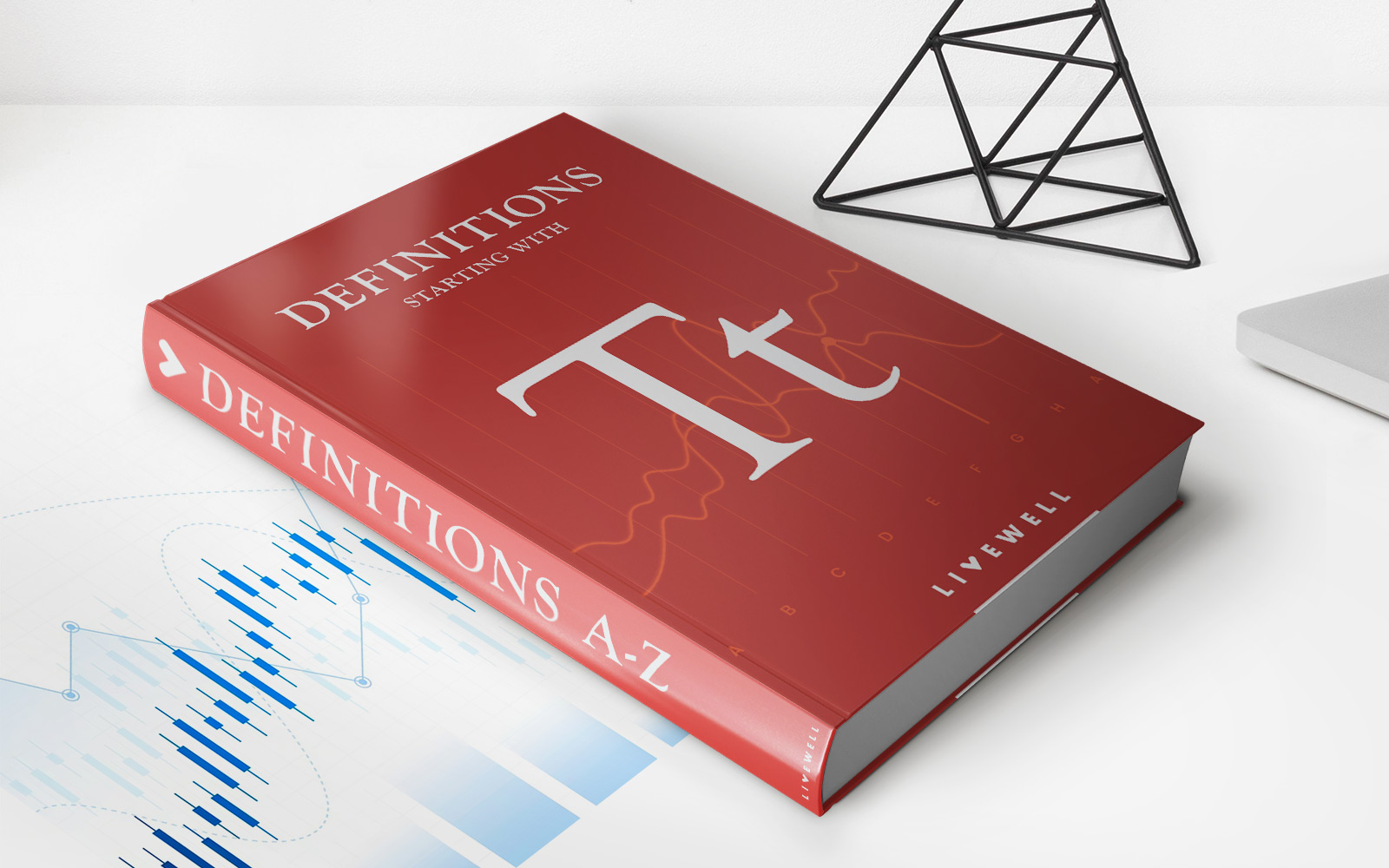Home>Finance>Earnings Before Interest, Depreciation, Amortization, And Exploration (EBIDAX) Definition
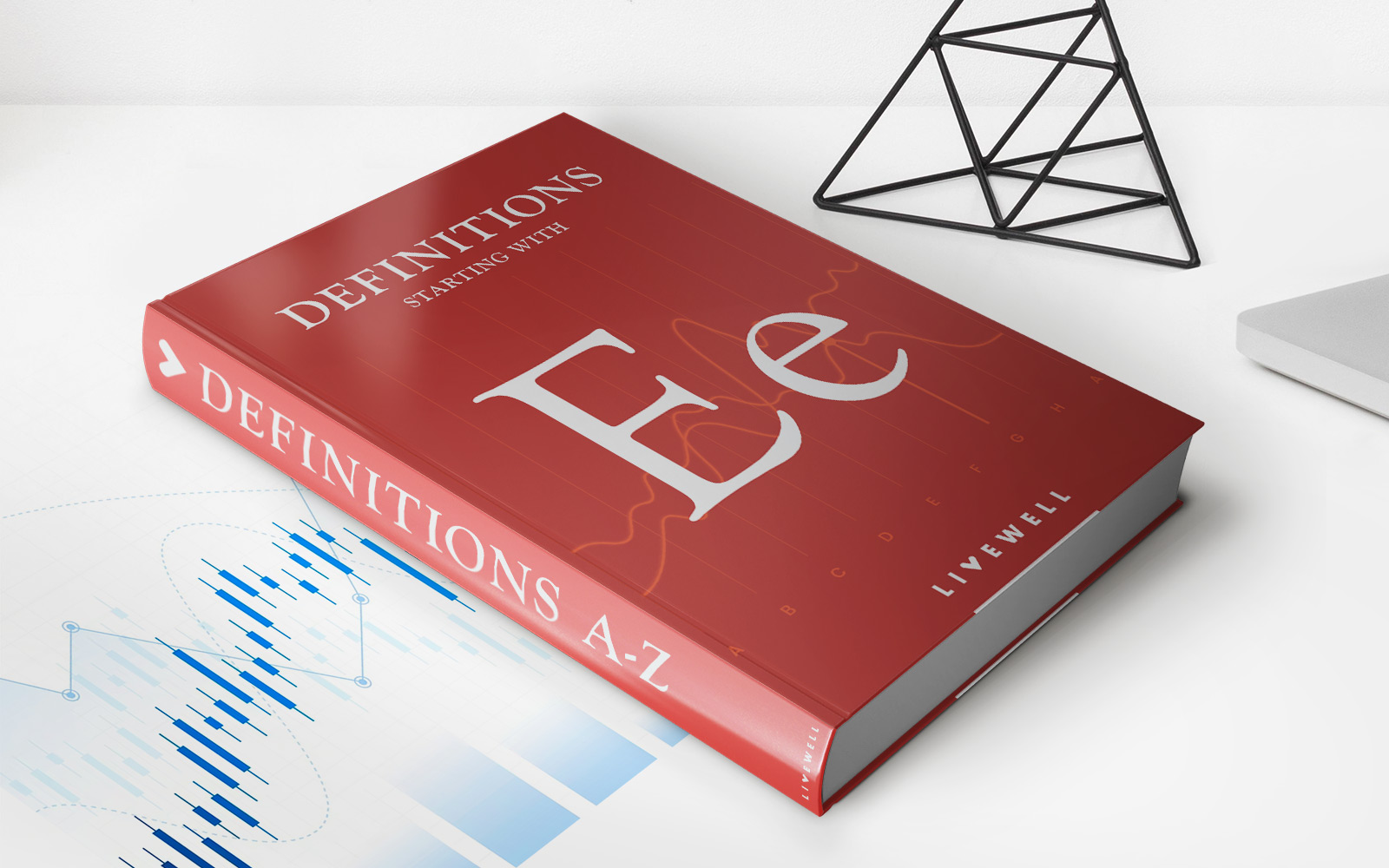

Finance
Earnings Before Interest, Depreciation, Amortization, And Exploration (EBIDAX) Definition
Published: November 15, 2023
Looking to understand the finance term EBIDAX? Learn about Earnings Before Interest, Depreciation, Amortization, and Exploration for better financial analysis.
(Many of the links in this article redirect to a specific reviewed product. Your purchase of these products through affiliate links helps to generate commission for LiveWell, at no extra cost. Learn more)
Understanding Earnings Before Interest, Depreciation, Amortization, and Exploration (EBIDAX)
Welcome to our “Finance” category, where we dive deep into all things related to financial matters. In this post, we’ll be exploring the concept of Earnings Before Interest, Depreciation, Amortization, and Exploration (EBIDAX), and how it can play a crucial role in assessing a company’s financial performance.
Key Takeaways:
- EBIDAX is a financial metric used to measure a company’s profitability and cash flow before certain expenses.
- It excludes the effects of interest payments, depreciation, amortization, and exploration expenses from the company’s earnings.
Now, let’s jump right into understanding the definition, significance, and applications of EBIDAX.
What is EBIDAX?
EBIDAX is an acronym that stands for Earnings Before Interest, Depreciation, Amortization, and Exploration. It measures a company’s financial performance by excluding these specific expenses from its earnings.
Interest: Interest payments represent the cost of borrowing money. By excluding interest expenses, EBIDAX gives a clearer picture of a company’s operating performance, as it focuses solely on its core activities without the impact of financing decisions.
Depreciation: Depreciation is the allocated cost of tangible assets such as buildings, machinery, or infrastructure over their respective useful lives. By removing depreciation from the earnings, EBIDAX allows investors and analysts to assess a company’s profitability without considering the non-cash expense related to asset wear and tear.
Amortization: Similar to depreciation, amortization represents the allocation of costs associated with intangible assets like patents or trademarks over their useful lives. EBIDAX excludes this expense as well, enabling a better evaluation of a company’s operating profitability.
Exploration: Exploration expenses are usually related to companies operating in the oil and gas industry or other sectors involving significant exploration activities. By excluding these expenses, EBIDAX provides a clearer view of a company’s underlying operational performance.
Why is EBIDAX Important?
EBIDAX is an important financial metric for several reasons:
- Comparability: EBIDAX allows for easier comparisons between companies within an industry, as it strips away specific expenses that might vary from one company to another.
- Cash Flow Assessment: By focusing on operating profitability, EBIDAX provides insights into a company’s cash generation potential, which is crucial for determining its ability to meet financial obligations.
- Investment Analysis: EBIDAX is commonly used in investment analysis to assess the financial health and profitability of potential investment opportunities. It helps investors make informed decisions by looking beyond the impact of interest, depreciation, amortization, and exploration expenses.
Final Thoughts
EBIDAX is a powerful financial metric that enables a clearer assessment of a company’s profitability and cash flow. By excluding the effects of interest, depreciation, amortization, and exploration expenses, it provides a more accurate representation of a company’s operational performance.
Understanding EBIDAX is crucial for investors, analysts, and anyone involved in financial decision-making. By considering this metric, individuals can gain deeper insights into a company’s financial health, compare it more effectively with its peers, and make more informed investment choices.
